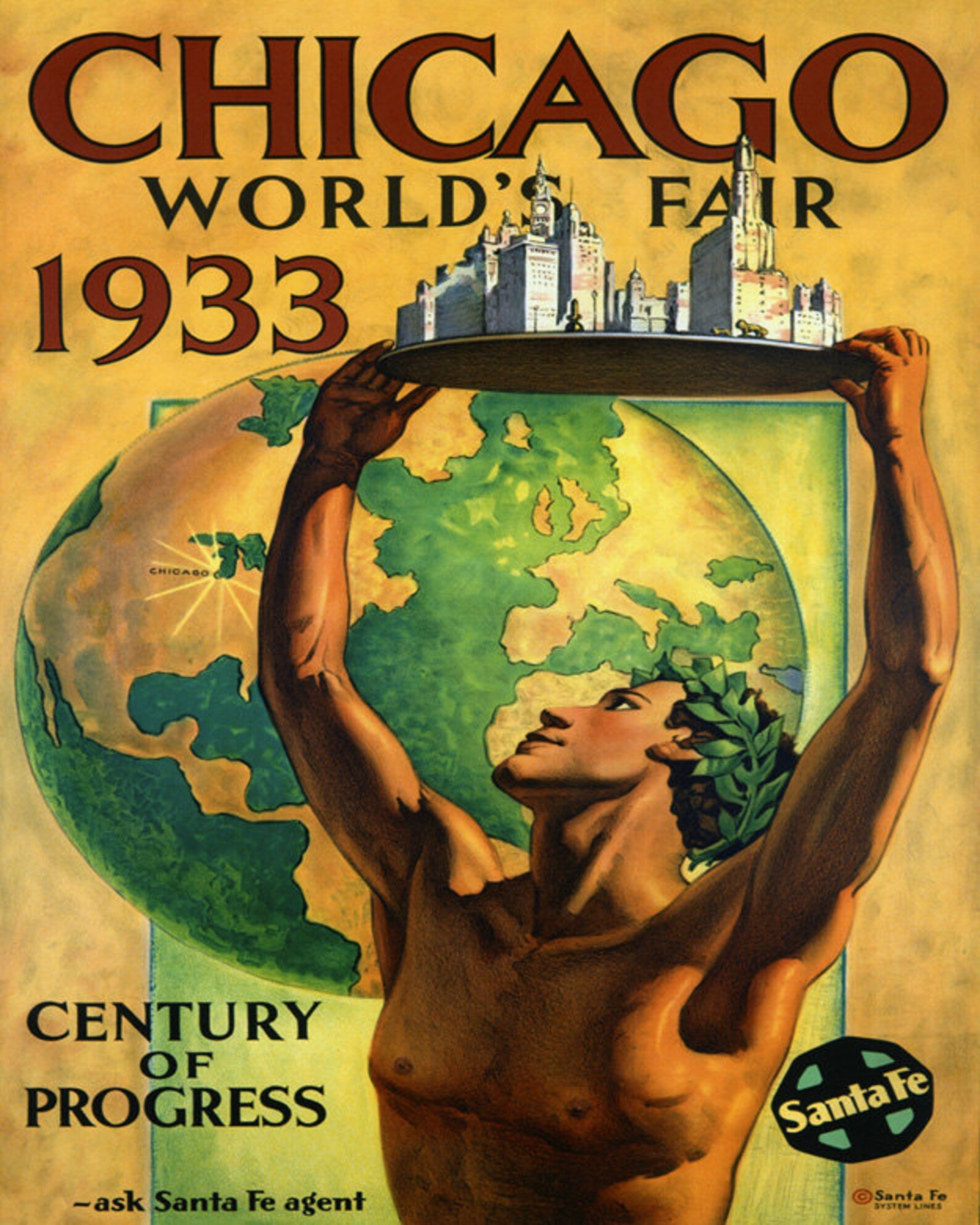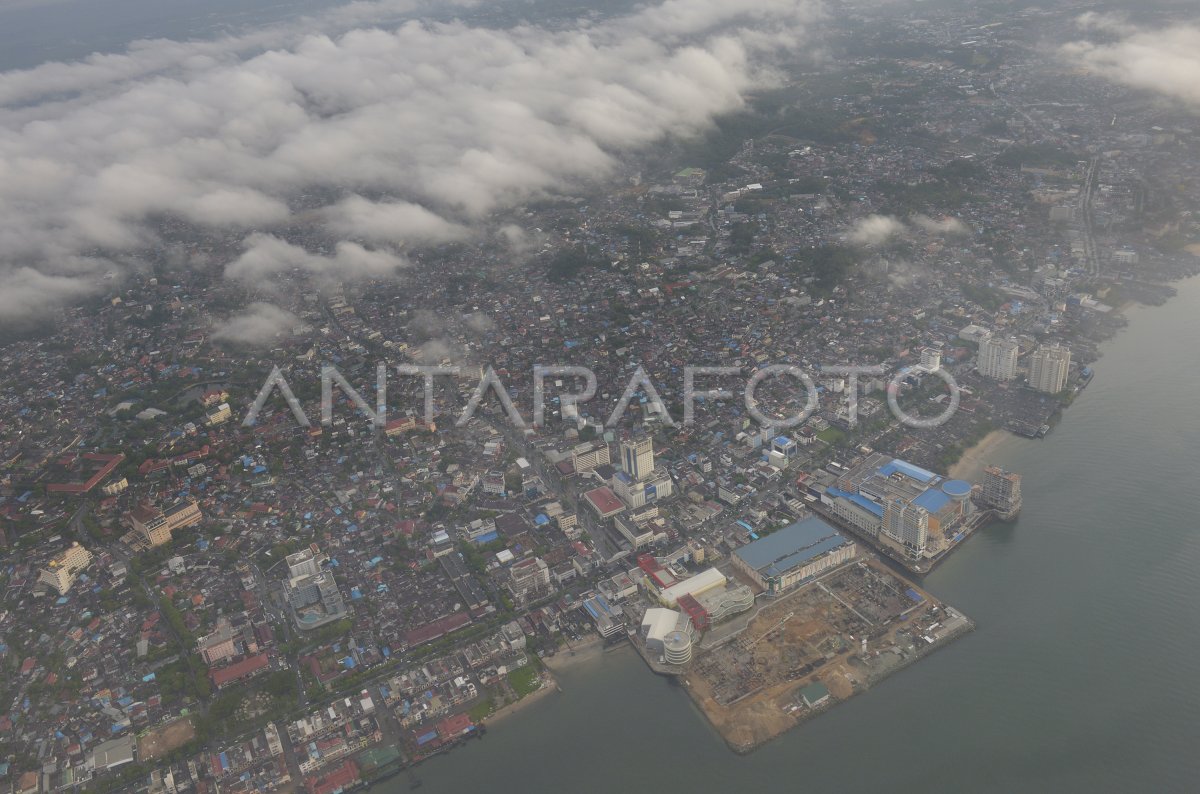A Century Of Progress: Remembering Chicago's 1933 World's Fair

Table of Contents
The Fair's Architectural Marvels and Technological Innovations
The Century of Progress Exposition showcased a stunning array of architectural achievements and cutting-edge technologies that captivated visitors. Its influence on Chicago's urban development and its impact on architectural design are still felt today.
Art Deco Architecture and City Planning
The 1933 World's Fair embraced the Art Deco style, creating a cohesive and visually stunning environment. Architects like Paul Philippe Cret, renowned for his classical and Beaux-Arts designs, played a significant role in shaping the fair's aesthetic. The fairgrounds themselves were a testament to forward-thinking city planning, showcasing innovative urban design concepts.
- Key Buildings: The Hall of Science, with its striking geometric forms, remains a prime example of Art Deco design. The Transportation Building, showcasing advancements in travel, featured equally impressive Art Deco features. Other significant structures included the impressive Travel and Transport Building and the imposing Electricity Building.
- Architectural Style: Characterized by streamlined forms, geometric patterns, and decorative elements, the Art Deco architecture of the Century of Progress Exposition influenced subsequent construction projects in Chicago and across the nation. The use of gleaming chrome and stainless steel reflected a futuristic vision.
- Urban Planning: The fair's layout demonstrated innovative urban planning principles, emphasizing efficient circulation and harmonious integration of buildings within the landscape. These ideas influenced later urban development projects in Chicago.
Showcasing Technological Advancements
The 1933 World's Fair served as a showcase for groundbreaking technologies that were transforming society. Visitors encountered advancements that were still novel and exciting, offering a glimpse into a futuristic world.
- Television: Early forms of television technology were displayed, offering a glimpse into a future dominated by visual media. This exposure helped to popularize the concept of television broadcasting.
- Air Conditioning: The fair highlighted the development of air conditioning, a technology that would revolutionize building design and comfort levels. The availability of air conditioning in many exhibition halls was a significant comfort for visitors.
- Early Computing: While early in its development, computing technology was present, demonstrating the emerging power of machine calculation and data processing. The fair's showcase of these early technologies helped to pique public interest and investment in this burgeoning field.
A Century of Progress: Themes and Exhibits Reflecting the Era
The Chicago World's Fair's themes of progress, technology, and the future were deeply intertwined with the realities of the Great Depression. The fair served as a much-needed symbol of hope and recovery.
Overcoming the Great Depression
The 1933 World's Fair was conceived as a means to revitalize the city and the national spirit during the Great Depression. It became a symbol of hope and resilience.
- Exhibits Reflecting the Economic Climate: Several exhibits directly addressed the economic challenges of the era, showcasing solutions and innovations aimed at stimulating economic recovery.
- Psychological Impact: The fair provided a much-needed escape from the harsh realities of the Depression, offering entertainment, excitement, and a vision for a brighter future. It boosted morale and reinforced a sense of national unity.
- Role in National Recovery: The sheer scale of the undertaking and the employment it generated contributed significantly to the economic recovery efforts of the time. The fair’s success fostered a sense of collective achievement and optimism.
Celebrating Progress and the Future
The "A Century of Progress" theme was more than just a title; it encapsulated the fair’s optimistic vision of a technologically advanced and prosperous future.
- Exhibits on Scientific Discoveries: Numerous exhibits showcased recent scientific breakthroughs, fostering a sense of awe and wonder regarding human potential. The fair aimed to instill a sense of hope and confidence in the power of scientific advancement.
- Future City Planning Models: The fair featured models and plans for ideal future cities, reflecting contemporary utopian ideals and showcasing advanced urban planning concepts.
- Shaping Public Perception: The fair significantly shaped public perception of the future, fueling enthusiasm for technological advancements and inspiring a vision of a modern and prosperous society.
The Lasting Legacy of Chicago's 1933 World's Fair
The Century of Progress Exposition left a lasting legacy on Chicago and American culture, shaping the city's landscape and influencing artistic and design trends.
Impact on Chicago's Landscape
While many structures from the 1933 World's Fair were temporary, some elements remain or inspired later developments.
- Surviving Buildings: Though many buildings were demolished after the fair, some structures, or their architectural styles, continue to inspire. The influence of Art Deco design is still visible in many parts of the city.
- Parklands: Some of the fairgrounds were transformed into parkland, leaving a green legacy that continues to benefit Chicago residents. These parks preserve a connection to the fair's history.
- Architectural Influence: The fair's architecture strongly influenced subsequent construction projects in Chicago, leaving a lasting mark on the city's architectural heritage.
Cultural and Historical Significance
The Chicago World's Fair holds a significant place in American history and culture.
- Shaping American Aesthetics: The fair's focus on Art Deco design and its emphasis on technological innovation significantly shaped American aesthetics in the mid-20th century.
- Influence on Subsequent World's Fairs: The Century of Progress Exposition set a precedent for future world's fairs, influencing their design, themes, and technological showcases. The innovations in urban planning and the overall spectacle were emulated elsewhere.
- Relevance to Architectural and Design History: The 1933 World's Fair remains a crucial element in the history of architecture and design, representing a significant chapter in the development of Art Deco and modern urban planning.
Conclusion
Chicago's 1933 World's Fair, "A Century of Progress," stands as a remarkable achievement, showcasing architectural marvels, technological innovations, and a vision of the future during a time of national hardship. Its impact on Chicago's landscape, its contribution to American culture, and its role as a symbol of hope during the Great Depression solidify its place in history. Delve deeper into the fascinating history of Chicago's 1933 World's Fair – a testament to human ingenuity and a symbol of hope during a challenging era. Explore the remaining architectural gems, revisit the fair’s themes through historical archives, and discover the enduring legacy of "A Century of Progress!"

Featured Posts
-
 Dodgers Vs Diamondbacks Betting Odds And Prediction For Arizonas Chances
May 28, 2025
Dodgers Vs Diamondbacks Betting Odds And Prediction For Arizonas Chances
May 28, 2025 -
 John Haliburtons Dad Returns To Pacers Games After Nba Ban
May 28, 2025
John Haliburtons Dad Returns To Pacers Games After Nba Ban
May 28, 2025 -
 Jannik Sinners Parisian Challenge Overcoming A Late Setback
May 28, 2025
Jannik Sinners Parisian Challenge Overcoming A Late Setback
May 28, 2025 -
 Son Dakika Cristiano Ronaldo Al Nassr Ile 2 Yillik Soezlesme Imzaladi Mi
May 28, 2025
Son Dakika Cristiano Ronaldo Al Nassr Ile 2 Yillik Soezlesme Imzaladi Mi
May 28, 2025 -
 Wawali Balikpapan Janji Bangun Taman Kota 1 Hektare Per Kecamatan
May 28, 2025
Wawali Balikpapan Janji Bangun Taman Kota 1 Hektare Per Kecamatan
May 28, 2025
